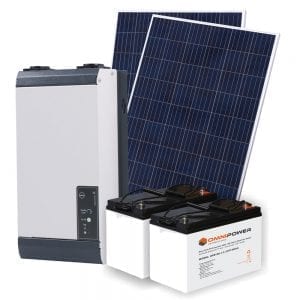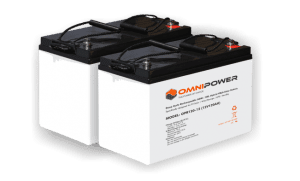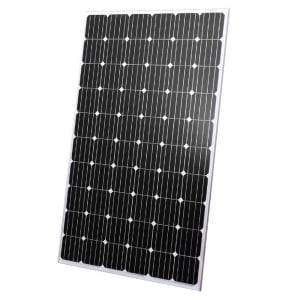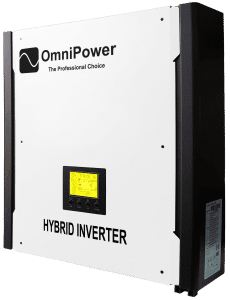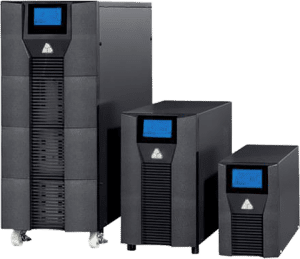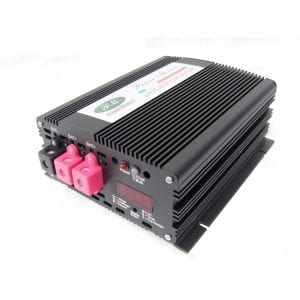Discover how to use, store and charge your investment to prevent frequent, expensive replacement and to ensure that the battery will perform at its peak for its designed life
The average battery life has become shorter as energy requirements increases rapidly. Three complaints are heard more often now: “My battery won’t take charge, my battery won’t hold charge and is only 6 months old”. Only 30% of batteries sold today reach the 48-month mark. In fact 80% of all battery failure is related to sulphating. This build up occurs when the sulphur molecules in the electrolyte (battery acid) become so deeply discharged that they begin to coat the lead plates of the batteries. Before long the plates become so coated that a barrier is built up that will result in high internal impedance; the battery loses the capability to transfer power or take any charge.
The causes of sulphating are numerous – some causes include:
- Batteries stand too long discharged between charges, as little as 24 hours in hot weather and several days in cooler weather.
- Battery storage: leaving a battery standing for long periods of time without some type of energy loss compensation.
- Deep cycle batteries should not be used for any engine starting; this type of battery is not designed for this purpose and such activities will easily lead to damage.
- Undercharging of a battery: to charge a battery, let’s say, 85% of its capacity will allow sulphating of the battery due to the 15% of battery chemistry not reactivated by the incomplete charging cycle. This is also applicable if the battery bank is charged by PV solar panels and a permanent load is drawn from the system. If incorrectly calculated and wrongly designed, the battery or battery set will sit in limbo and never reaches full charge. This will definitely result in relatively quick battery damage.
- Heat of 35°C or more increases internal discharge. As temperatures increase, so does internal discharge.
- Low electrolyte level in wet batteries, where internal plates exposed to air, will immediately start the process of sulphation.
Correct Charging of OmniPower OPR Batteries
To take care of your battery, remember you must replace the energy you have used by re-charging the battery immediately; if you don’t, the battery sulphates and that affects performance and longevity. Batteries like to be charged in a certain way, especially when they have been deeply discharged. This type of charging is called 3-step regulated charging. Please note that only special SMART CHARGERS using computer technology can perform 3-step charging techniques. You seldom find these types of chargers in parts stores or discount warehouses. But you WILL find them at Sinetech: click here to browse the battery chargers in stock.
Most batteries have the tendency to discharge themselves by 2 – 4% per month, if they are left disconnected and just standing there. This can be worse if the battery is exposed to extreme temperatures. If you know, that you will not use the battery for a lengthy period of time, try to leave your battery or battery set connected permanently to a float charger. This will help to keep the battery 100% charged as you will replace continually the self-discharge. This also will help not to sulphate your internal plates. The energy usage to do this is minimal.
The first step is bulk charging or constant current stage where up to ~ 80% of the battery energy capacity is replaced by the charger, the charger will charge at the maximum current and maintain this current until the battery voltage reaches the set absorption voltage. Please note, the maximum current and absorption voltage has to be adjusted according to the recommendations of the supplier. If the charger is not programmable, a charger with the correct specifications has to be selected to match the battery specifications.
When the battery voltage reaches the set absorption voltage the charger begins the 2nd step, the absorption charge step. This is where the voltage is held constant, at the absorption voltage, and the current (amps) decline until the battery is ~ 98% charged.
Next comes the 3rd step the Float Step, this is a regulated voltage of not normally not more than 13.8 volts and usually less than 1-2 amp of current. This, in time, will bring the battery to 100% charge or close to it. The float charge will not boil or heat up the batteries but will maintain the batteries at 100% charge and prevent cycling during long term inactivity. Some AGM + Gel batteries may require special settings or chargers.
We recommend for our OPR Series of batteries at least a 3-stage charger with the capacity to charge the batteries at a minimum current (amps) equal to 20% of the Ah rating of the battery. Which means if you have a 1 x 12V/100Ah battery, the charger should be at least be capable to charge at 14.7V/10 Amps.
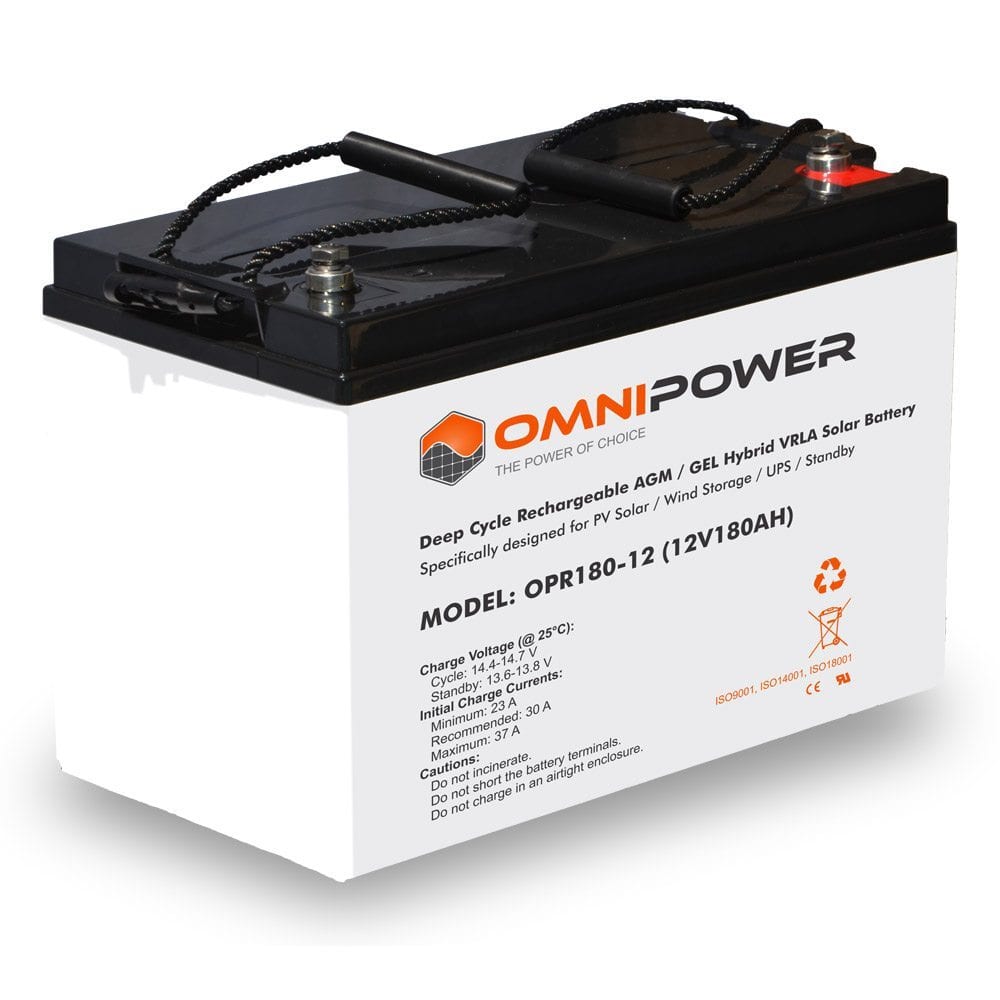
Initial Charge Currents
OPR60-12
OPR120-12
OPR180-12
OPR240-12
C10 Rating
50Ah
100Ah
150Ah
200Ah
Recomm.
0.1C (5A)
0.1C (10A)
0.1C (15A)
0.1C (20A)
Max
0.25C (12A)
0.25C (25A)
0.25C (37A)
0.25C (50A)
1. Float Charge: 13.5-13.8V, recom. 13.8V (-18mV/ °C).
2. Cycle Charge: 14.4-15.0V, recom. 14.7V (-30mV/ °C)
3. Equalize Charge: 13.8-14.1V, recom. 14.1V (-24mV/ °C)

